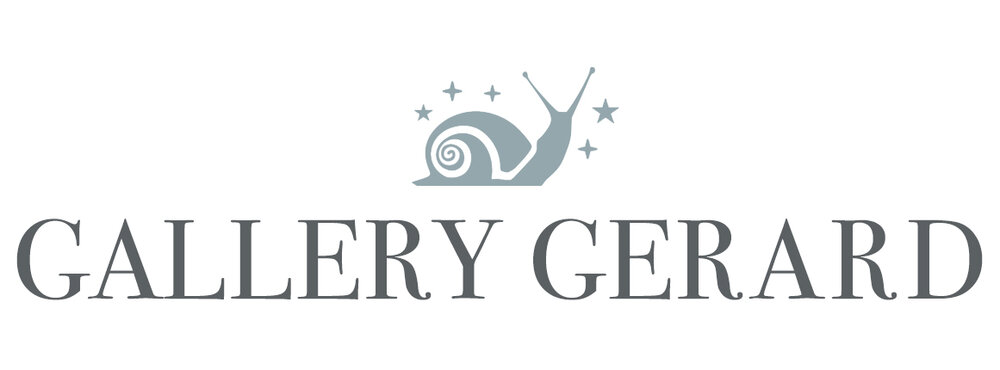By Justin Gerard
Traditional Watercolor on Bristol
Digital Color Concept
Last year I started on a painting that I never was able to get around to finishing. (That's one point for Life; zero points for Justin) Now that we are a little ways into the new year I was able to find some time to finally go back and see if my dwarves will survive their encounter. It has also been a chance for me to get back into Photoshop and play around with some of the new features that have been languishing in the toolbox.
Transparent digital work over Watercolor
I generally prefer to keep the digital aspects of my work as minimal as possible in order to preserve the nice textures of the watercolor underneath. Apart from just liking the look of watercolor on paper, I also strongly DISLIKE the flat, synthetic look of most digital work. When I do work digitally it is almost all transparent, (multiply, color dodge, screen and soft light layers) with just a touch of opaque work at the end.
However, in the recent versions of Photoshop, they have included a wonderful new tool for brush creation which does a quite reasonable job of emulating traditional textures. Now, in theory, a digital artist could work and each brushstroke will at least "look" like it was painted on a traditional surface. (Sadly the golden apple of an actual digital brush with fiber optic hairs is still not within our reach) This is valuable since it will mean more color variety will show up through our brushstrokes, we will see more detail, and the painting will have a natural, more human look.
To take advantage of this new tool, select window and then select 'brush' which brings up the above brush dialogue box. The third option down is a rather unassuming-looking little option called 'texture'. With this option you can scan in your favorite substrate and use it as a basis for all your various brushes. Below I have changed my watercolor, chalk and oil brushes to have a matching canvas texture.
This is no magic silver bullet that will suddenly give digital brush strokes wings and halos to look like a Rembrandt, but it can go a long way to killing the flat, synthetic quality that many Photoshop brushes (and paintings) suffer from.
I am still working my way through the painting and am finding that, perhaps for the first time ever, I am actually enjoying painting opaquely in digital.







